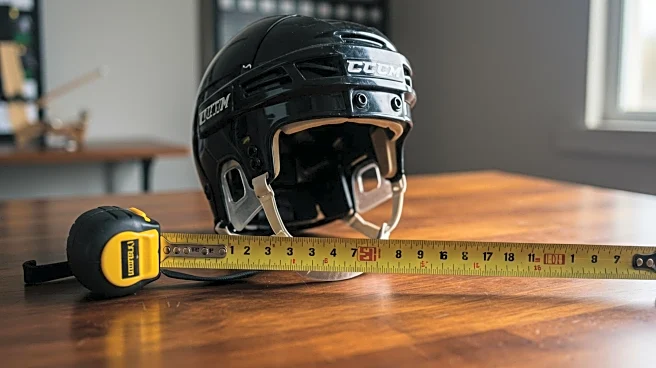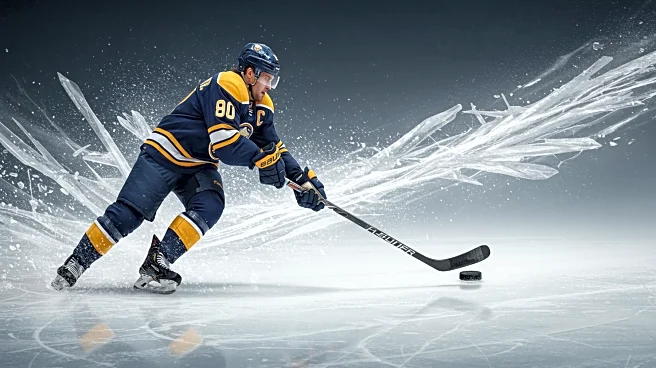What is the story about?
What's Happening?
Hockey scouts and agents are employing various unscientific methods to predict the growth potential of teenage prospects, particularly those attending Canada's U-17 camp. These methods include assessing the size of a player's feet, skate size, and the height of their parents. The scouts aim to forecast which players might grow significantly, impacting their viability for future NHL drafts. The discussion highlights the challenges in predicting growth, as some players, like Mitch Marner, have defied initial expectations by growing significantly after being drafted.
Why It's Important?
The ability to accurately predict a prospect's growth is crucial for NHL teams as they make draft decisions. A player's size can significantly impact their career prospects, with larger players often being favored. The reliance on unscientific methods underscores the uncertainty and risk involved in scouting young players. This approach can lead to missed opportunities or overvalued prospects, affecting team strategies and player development. Understanding these dynamics is essential for teams aiming to build competitive rosters.
Beyond the Headlines
The focus on physical growth highlights broader issues in sports scouting, including the potential for bias towards larger players and the pressure on young athletes to meet physical expectations. This can influence training regimens and player development, potentially affecting their health and career longevity. The reliance on unscientific methods also raises questions about the need for more accurate and equitable scouting practices, which could lead to a more diverse and inclusive approach to player evaluation.
AI Generated Content
Do you find this article useful?











